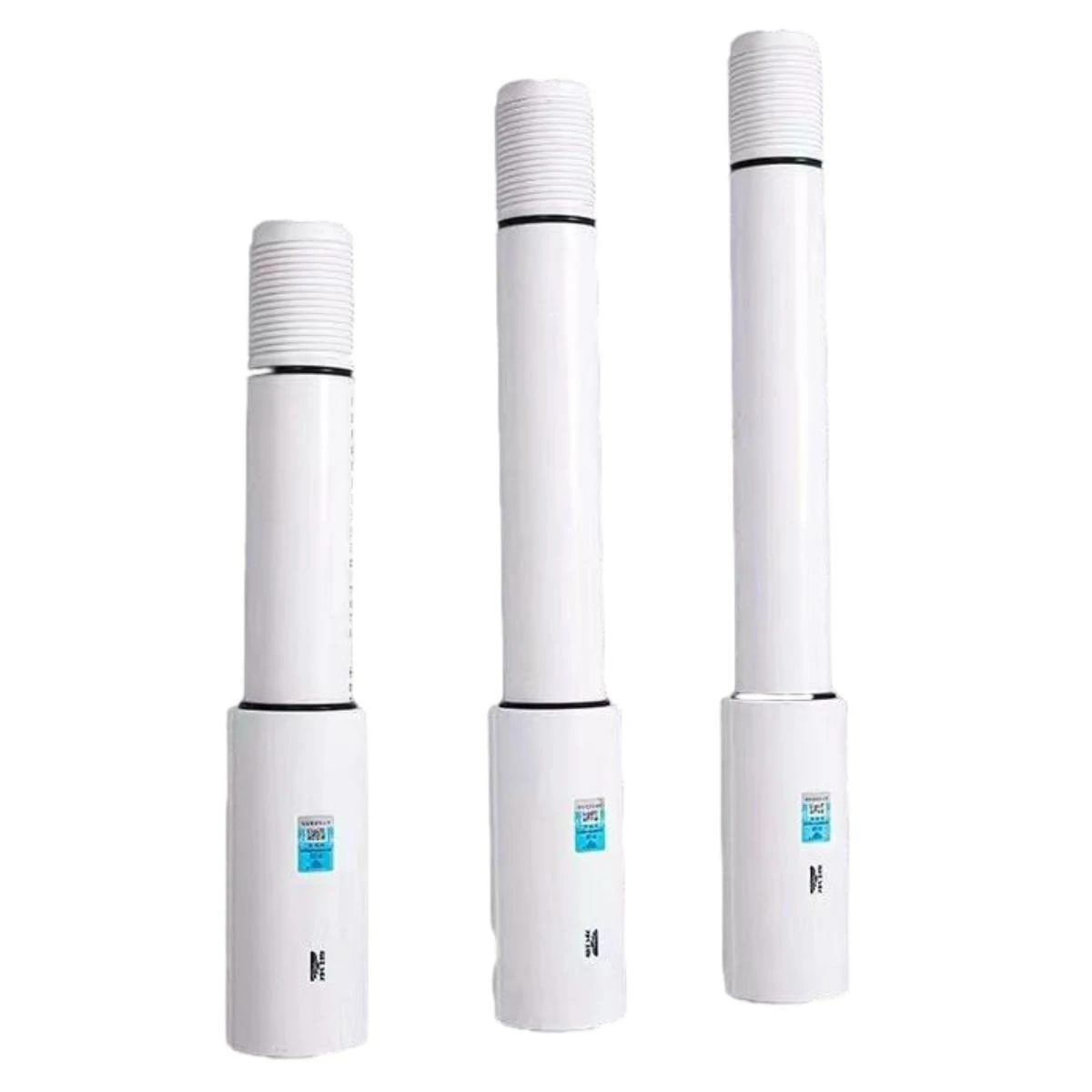Dec . 21, 2024 11:23 Back to list
PPR Products for DN25 Applications with Durable Performance and Versatile Uses
Understanding DN25 PPR Products A Comprehensive Guide
In the realm of plumbing and piping systems, the materials used can significantly impact the efficiency, durability, and overall functionality of installations. Among the various materials available, Polypropylene Random Copolymer (PPR) has gained notable prominence, especially in the form of DN25 pipes and fittings. This article delves into the characteristics, benefits, applications, and installation considerations of DN25 PPR products.
What is DN25 PPR?
The term DN stands for Diameter Nominal, which is a metric designation that indicates the nominal pipe diameter. In this case, DN25 corresponds to a pipe with a diameter of approximately 25 millimeters. PPR piping is made from a thermoplastic polymer that is known for its robustness, high resistance to temperature, and excellent chemical stability. The random copolymer structure of PPR makes it ideal for various applications in both residential and industrial settings.
Advantages of DN25 PPR Products
1. Durability and Longevity PPR pipes are known for their impressive lifespan, often exceeding 50 years under optimal conditions. They are resistant to corrosion, oxidation, and scaling, which means they can maintain their structural integrity over time.
2. Temperature Resistance DN25 PPR pipes can handle a wide range of temperatures. They can typically endure temperatures up to 95°C for hot water applications without losing their shape or strength. This characteristic makes them suitable for both hot and cold water systems.
3. Low Thermal Conductivity PPR has lower thermal conductivity compared to metals, which helps in maintaining the temperature of the transported fluids. This property reduces heat loss in hot water systems and condensation in chilled water systems.
4. Lightweight and Easy to Install DN25 PPR pipes are significantly lighter than metal alternatives, which simplifies transportation and installation. Additionally, they can be connected using heat fusion methods, making installation quicker and minimizing the chances of leaks.
5. Chemical Resistance PPR is resistant to a wide array of chemicals, making it suitable for various applications, including those in the pharmaceutical and food processing industries. This resistance ensures that even when carrying corrosive substances, the pipes maintain their integrity.
Applications of DN25 PPR Products
DN25 PPR pipes and fittings find extensive use in various sectors
dn25 ppr product

- Residential Plumbing These pipes are commonly used for residential water supply systems, sanitation, and heating applications. Their ability to withstand temperature variations makes them ideal for both hot and cold water lines.
- Industrial Applications In industrial settings, DN25 PPR pipes can transport aggressive chemicals and fluids. They are often utilized in the manufacturing and processing industries due to their durability and chemical resistance.
- Agricultural Systems PPR pipes are used in irrigation systems, ensuring a reliable supply of water to crops while withstanding the pressures associated with irrigation applications.
Installation Considerations
While DN25 PPR products are relatively easy to install, certain considerations should be kept in mind for optimal results
1. Cutting and Joining Proper cutting techniques are vital for ensuring a smooth and even edge when connecting PPR pipes. Use designated cutting tools to prevent any stress on the pipe that could lead to premature failure.
2. Heat Fusion The most common method of joining PPR pipes is through heat fusion. The ends of the pipes are heated and then pressed together, creating a strong, leak-proof bond. It is crucial to follow the manufacturer's guidelines regarding heating times and temperatures.
3. System Design When designing a plumbing system using DN25 PPR products, consider factors such as pressure requirements, temperature ranges, and chemical compatibility. A well-thought-out design will enhance the system’s efficiency and lifespan.
4. Testing and Maintenance After installation, it’s important to conduct pressure tests to identify any leaks or weaknesses in the system. Regular maintenance, while not typically extensive for PPR systems, ensures long-term performance.
Conclusion
DN25 PPR products are a reliable choice for various plumbing and industrial applications. Their durability, temperature resistance, and ease of installation position them as a favorite among engineers and contractors alike. By understanding the characteristics and proper installation techniques associated with DN25 PPR products, stakeholders can ensure they achieve optimal performance and longevity in their plumbing systems. Whether for residential, industrial, or agricultural uses, DN25 PPR represents a forward-thinking solution for modern piping needs.
-
High-Quality PVC Borehole Pipes Durable & Versatile Pipe Solutions
NewsJul.08,2025
-
High-Quality PVC Perforated Pipes for Efficient Drainage Leading Manufacturers & Factories
NewsJul.08,2025
-
High-Quality PVC Borehole Pipes Durable Pipe Solutions by Leading Manufacturer
NewsJul.08,2025
-
High-Quality PVC Borehole Pipes Reliable PVC Pipe Manufacturer Solutions
NewsJul.07,2025
-
High-Quality UPVC Drain Pipes Durable HDPE & Drain Pipe Solutions
NewsJul.07,2025
-
High-Quality Conduit Pipes & HDPE Conduit Fittings Manufacturer Reliable Factory Supply
NewsJul.06,2025

